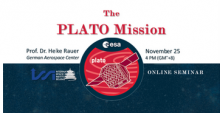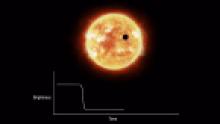Webinar ESA's PLATO Mission November 25, 2020
Submitted by plato-project on Thu, 02/04/2021 - 23:03Professor Dr. Heike Rauer is director of the Institute of Planetary Research of the German Aerospace Center (DLR) talks about PLATO mission at International.



